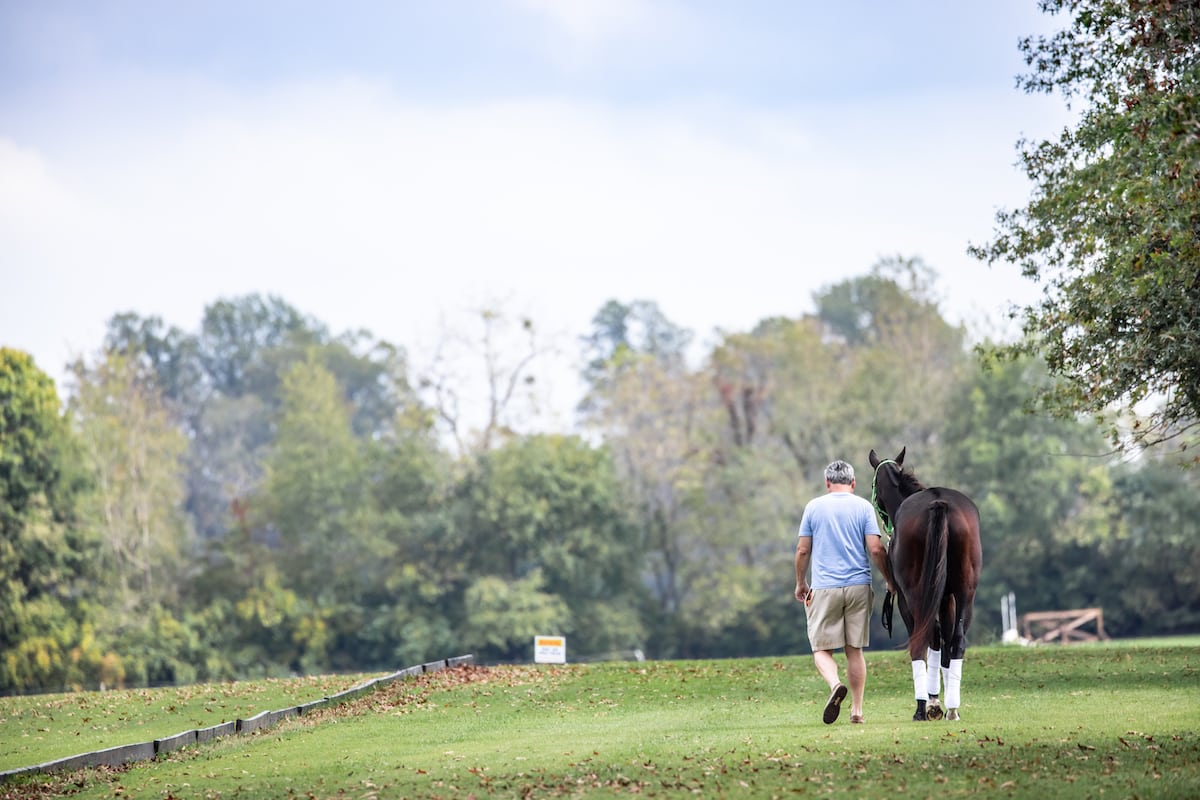
Bethany P Photography
Whether your horse has run out of conditions, isn’t showing any talent, or just doesn’t seem to be enjoying his job any more, you’ve made the decision to retire him from racing and find him new connections for a second career. But there are many routes a horse can take to leave the track — here’s some information to help you make the best choice for your retiring racehorse.
Assessing your horse’s options: Is your horse retiring fully sound with no limitations for a sport career? Does he have an old injury that may limit him from sports involving jumping or sharp twists and turns? Does he need to rehab a current injury? With the understanding that some limitations may not be discovered in regards to a sport horse career until a horse is thoroughly examined, being up front about limitations and injuries will ensure the horse ends up in the best career track for his physical condition.
Selecting your options: When choosing between adoption organizations, open market resellers, or listing for direct sale to a second career buyer, a few factors might influence the decision: how quickly does the horse need to be out of the racing barn to open up a stall? How involved do current connections want to be in entertaining questions from would-be buyers? Can the horse move to a farm and hang out in the pasture until he finds a new home? Outsourcing some or all of these steps might make the process easier: racing connections should consider establishing relationships with adoption organizations or experienced resellers to make the process smoother and easier to get horses off the track and on their way.
Vetting the next connections: Whether you’re transferring the horse to an adoption organization or directly selling the horse to a reseller or new owner, take the time to vet your horse’s new connections. Working with Thoroughbred Aftercare Alliance-accredited non-profit organizations and/or Thoroughbred Charities of America grant recipients ensures that the organization has been held to a standard of care for horses and adoption policy, as well as financial stability. When working with open market resellers or direct buyers, ask for references from veterinarians, farriers, or trainers to ensure that your next owner is prepared for the unique task of transitioning a retiring racehorse.
Fill out the Retired From Racing form: The Jockey Club’s Retired From Racing form will protect your retiring horse from making another start in the event ownership changes again. If an attempt is made to enter a horse in North America who has had this form submitted, information on the horse’s retired from racing status is communicated electronically to racing officials. (See “Transferring Ownership” for more about forms, contracts and bills of sale.)

